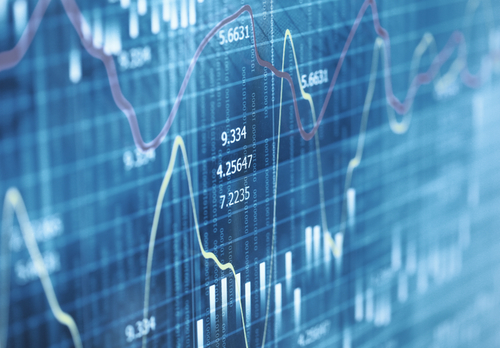Some of the world’s best investors stick to dividend portfolios. They know that a steady stream of income is a top wealth building strategy. And finding the best deals is vital. So today, we’re going to review another one of the best dividend stocks around. Let’s take a look at JPMorgan Chase’s dividend history and safety…
Business Overview and Highlights
JPMorgan Chase (NYSE: JPM) is a $357 billion business. Based out of New York, NY, they employ 256,100 people. Last year JPMorgan Chase pulled in $131 billion in sales and that breaks down to $513,000 per employee. With operations across the globe, JPMorgan Chase is one of the world’s leading financial services firms with assets exceeding $2.5 trillion.
With how JPMorgan Chase has performed lately, it is safe to say the bank is back in business. Big business. Through Q1 of 2019 JPMorgan Chase generated $29.9 billion in net revenue, which translated to $9.2 billion in net income.
The company operates within the financial sector and maintains a solid credit rating (A-) from the S&P. This allows JPMorgan Chase to issue cheap debt to grow the business and finance other initiatives.
On March 19, 2019 JPMorgan Chase’s board of directors declared a quarterly dividend of $0.80 per share.
JPMorgan Chase has also declared a preferred stock dividend which you can learn more about here.
10-Year Dividend History
The company paid investors $0.20 per share a decade ago. Over the last 10 years, the dividend has climbed to $2.72. That’s an enormous 1260% increase. As you can see in the chart blow, JPMorgan Chase has climbed a long way since the 2008 financial crisis.

The compound annual growth is 29.8% over 10 years… but over the last year, the dividend climbed 28.3%. The slowdown in dividend growth is minimal. Although, JPMorgan Chase still might be a good income investment. Let’s take a look at the yield…
Current Yield vs. 10-Year Average
JPMorgan Chase’s long history of paying dividends makes it one of the best dividend stocks around. This also makes the dividend yield a great indicator of value. A higher yield is generally better for buyers. Sustainability is also vital, and we’ll look at that soon.
The dividend yield comes in at 2.91% and that’s above the 10-year average of 2.54%. The chart below shows the dividend yield over the last 10 years…

2008 – 2010 were very difficult years for big banks. The Federal Reserve conducted stress tests on all big banks in 2009. The intention of the stress test was to see if these banks had adequate capital to handle potential losses during the financial crisis. The Fed barred many big banks from increasing their dividends during the recession. With dividend yields at record lows, some banks doubled or tripled their dividend yield in the years of 2011 and 2012. That is exactly what happened with JPMorgan Chase.
Since then JPMorgan Chase’s dividend yield has been steady. The higher yield shows that investors have bid down the company’s market value. They might be expecting higher growth and payouts. But more often than not, the dividend yield is mean reverting with share price changes.
Improved Dividend Safety Check
Many investors look at the payout ratio to determine dividend safety. They look at the dividend per share divided by the net income per share. So, a payout ratio of 60% would mean that for every $1 JPMorgan Chase earns, it pays investors $0.60.
The payout ratio is a good indicator of dividend safety, but accountants can manipulate net income. They adjust for goodwill and other non-cash items. Free cash flow is a better metric.
Here’s JPMorgan Chase’s payout ratio based on free cash flow over the last 10 years…

The ratio is volatile over the last 10 years and the trend is up. There was a big dip in 2017 due to the free cash flow being in the red. The last reported year shows a payout ratio of 65.1%. This gives wiggle room for JPMorgan Chase board of directors to raise the dividend.
If you’re interested in seeing more dividend research, please comment below. You can also check out our free DRIP calculator. With it, you can uncover the power of dividend reinvestment growth.
Good investing,
Robert
